How to Choose the Best Snow Goggle Lens Type
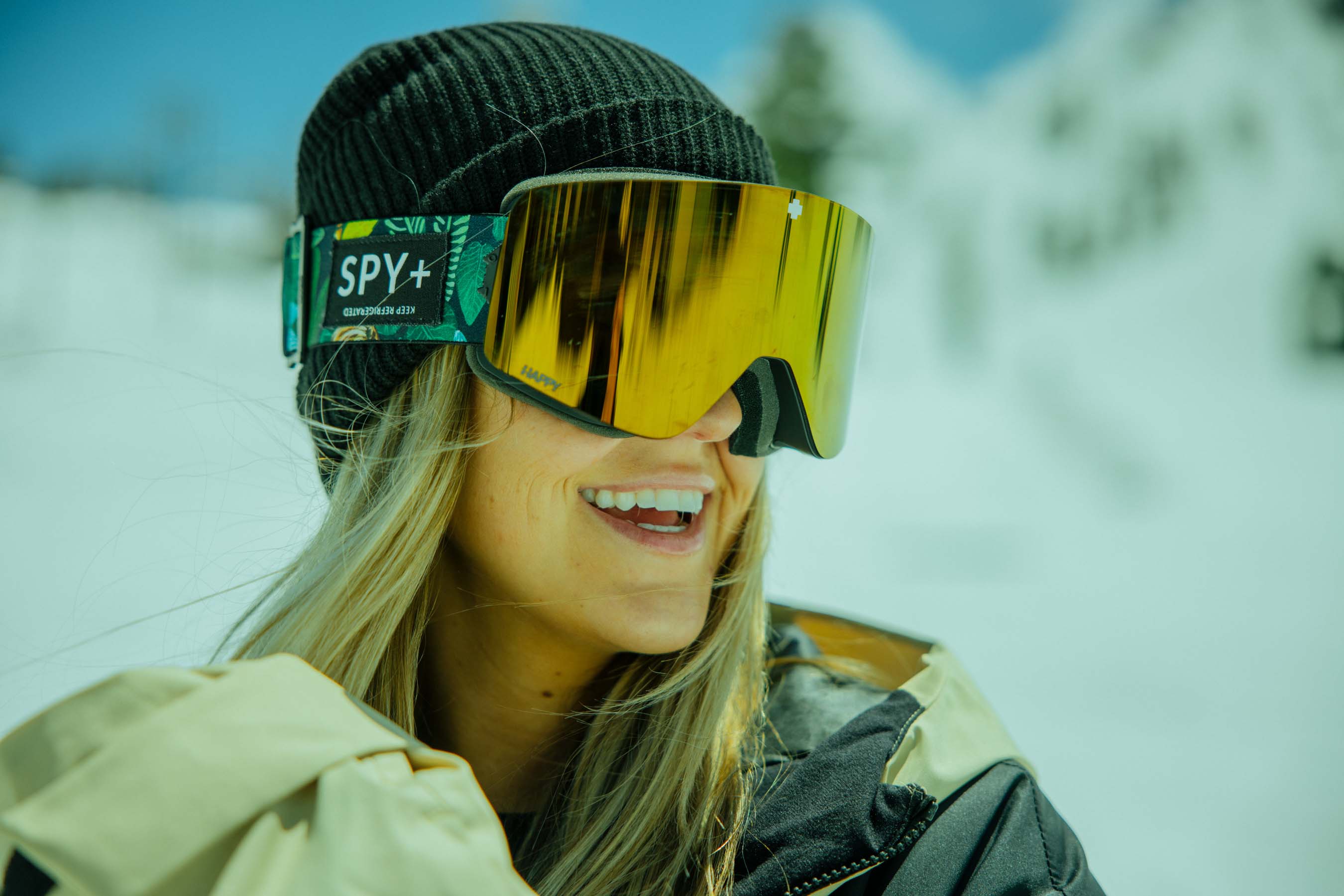

While snow goggle fanatics (that would be us, thank you) can easily geek out on the most obscure nuances of choosing a snow goggle lens, we also like to gain some altitude, zoom out and give a more streamlined perspective — especially for noobs who are just starting to explore the options. Picking a lens type boils down to your lens tech. How easy is it to change the lens? How do the shape, color, and tint of your lens affect clarity and visible light transmission (VLT)? Read on and find out how to choose the best goggle lens for your favorite flavor of shred.
The three main shapes are cylindrical, spherical, and toric — and what you’ll discover if you take an unofficial poll (aka three boarders in the lodge drinking beers) is that there are fans dedicated to each type. It’s partly about your style preference, but there are optical pros and cons as well.
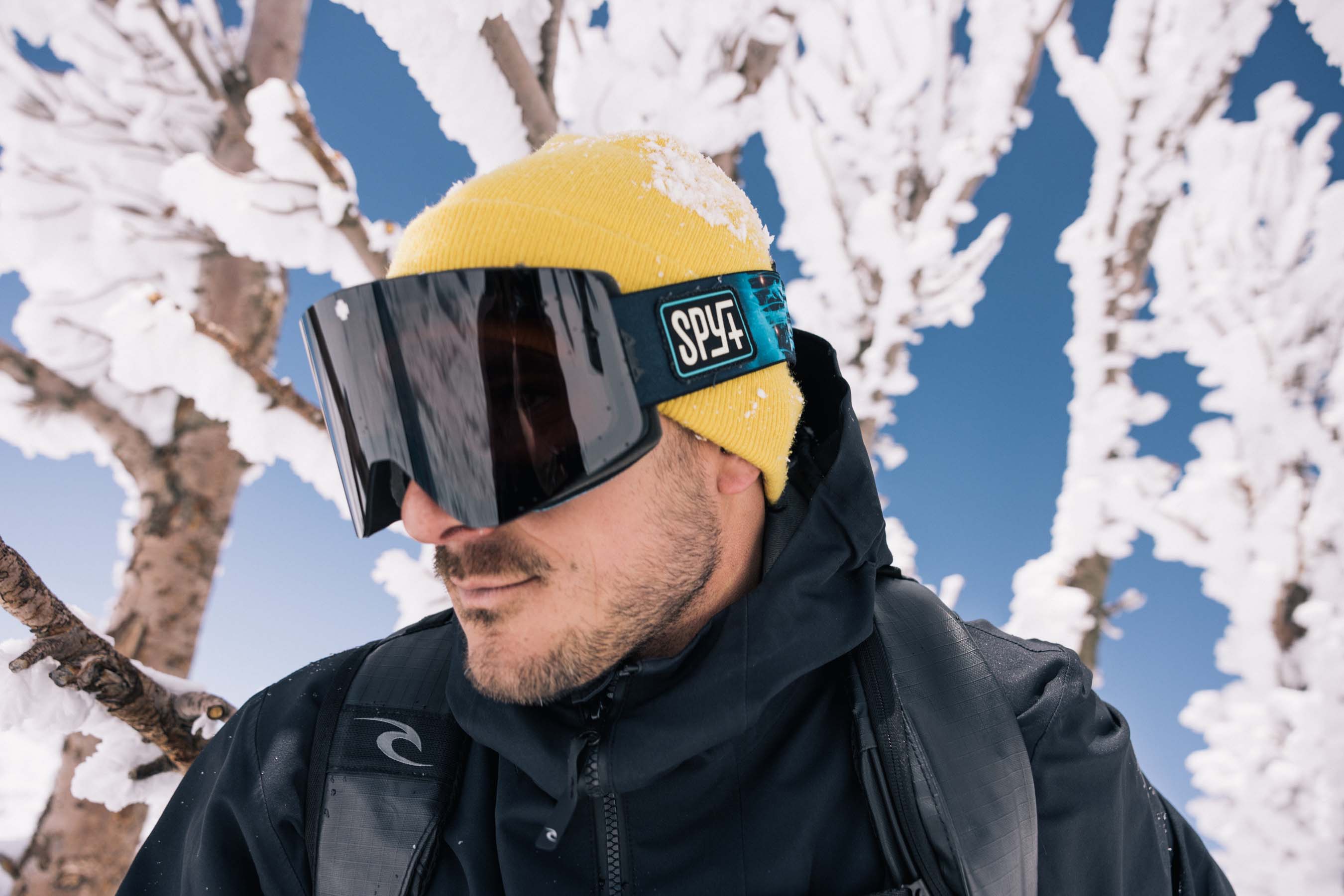
Cylindrical snowboard goggle lenses are the OG shape, with curvature on the horizontal axis but not on the vertical plane. This gives you the broadest peripheral view possible, which enhances safety and lets you take in more terrain. The downside is that the cylindrical shape doesn’t match the curve of your eye, so you may get some distortion. But fear not — the tech wizards at SPY+ designed Superior Inject Curve lenses that offer higher-quality optics and better impact protection.
Boarders who swear by a cylindrical lens love its classic throwback style. Case in point: SPY+ Marauder. A frameless style with epic peripherals, maximum venting power, our ultra-secure magnetic Deadbolt™ system, and award-winning HAPPY™ Lens Tech and HAPPY BOOST™ Lens Tech options.
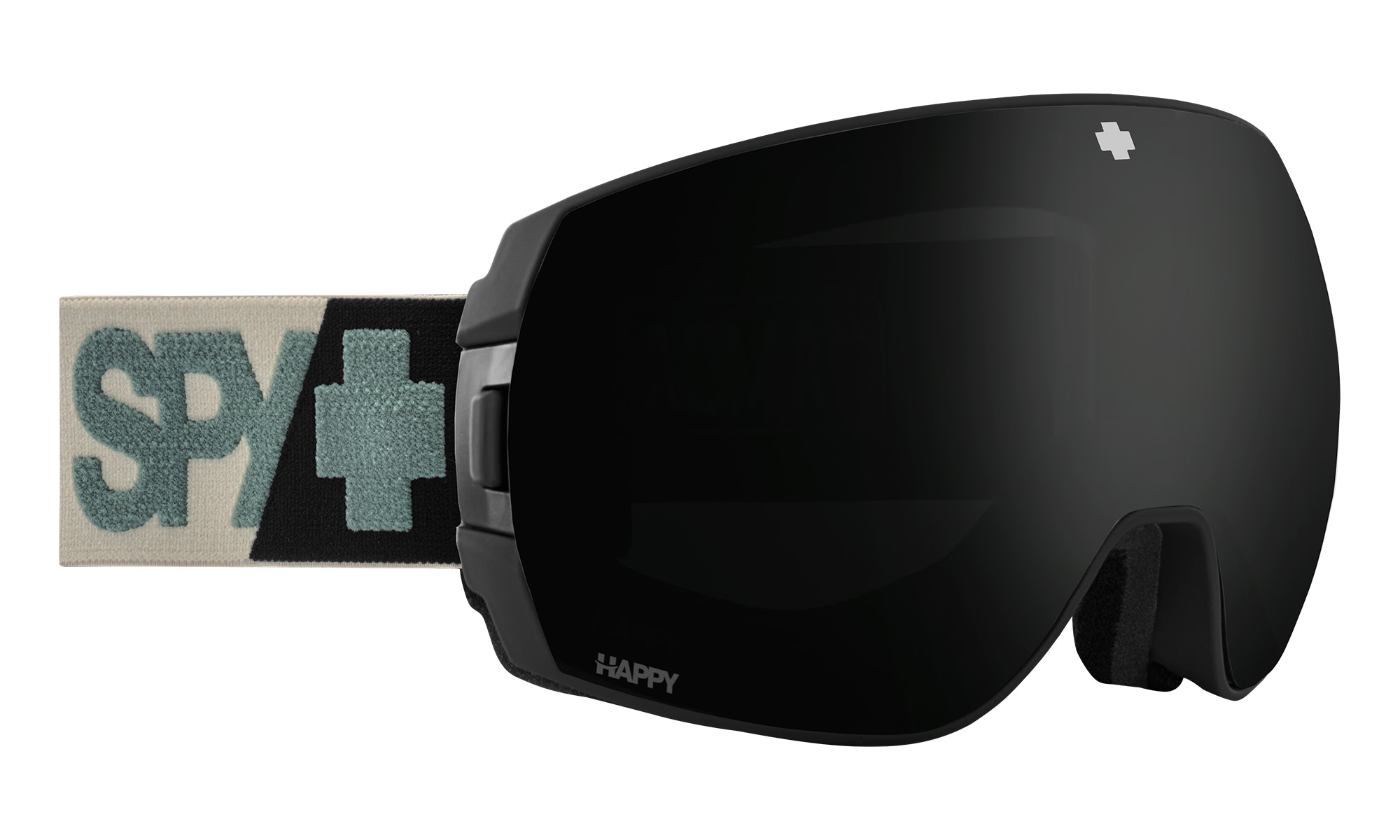
Spherical snowboard goggle lenses are newer to the game, offering what many believe to be better optics because light enters the lens the same way it comes through our eyes. Built on a base curve in both the X and Y axis, SPY’s ARC® lens is decentered — thicker in the middle and tapered towards the edges — providing distortion-free viewing with clarity at all viewing angles. Spherical lenses are also better at fighting fog because there’s more surface area, and there’s also more distance between the interior lens and your face, which many people find more comfortable.
The downside of a spherical lens shape is that you sacrifice a bit of peripheral coverage. These can only be built so wide! Nevertheless, the SPY+ Legacy offers the lowest profile and widest peripheral view of any premium SPY+ goggles, with HAPPY™ Lens Tech and our fingerprint-free Lock Steady™ 2 quick-change lens system. Available with a variety of lens color tints for all-weather enjoyment.
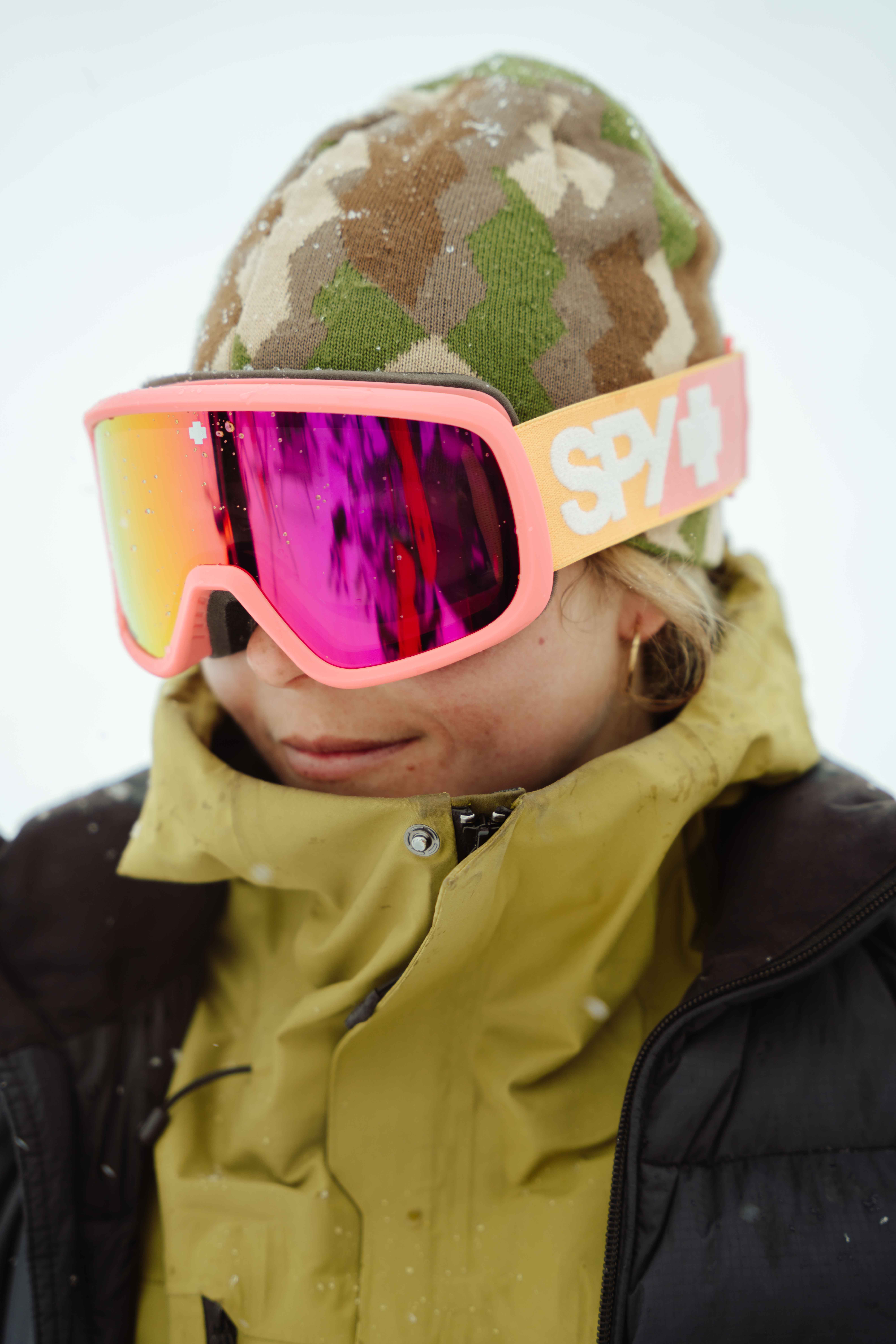
A toric snow goggle lens offers the best of both worlds by combining the shapes of both cylindrical and spherical lenses. This gives you a boost in optical clarity by mimicking the curvature of the eye with a less pronounced y-axis than a traditional spherical lens. The lens curve also has fewer surface points for UV rays to penetrate and provides an excellent distortion-free field of view, all while offering optimal volume between the lens and your face — an ideal build for fog-free vision on the slopes. Our SPY+ Marshall is a snow goggle with a legendary style that’s been updated with a toric lens to deliver insane visibility, along with a wider strap for an improved fit.
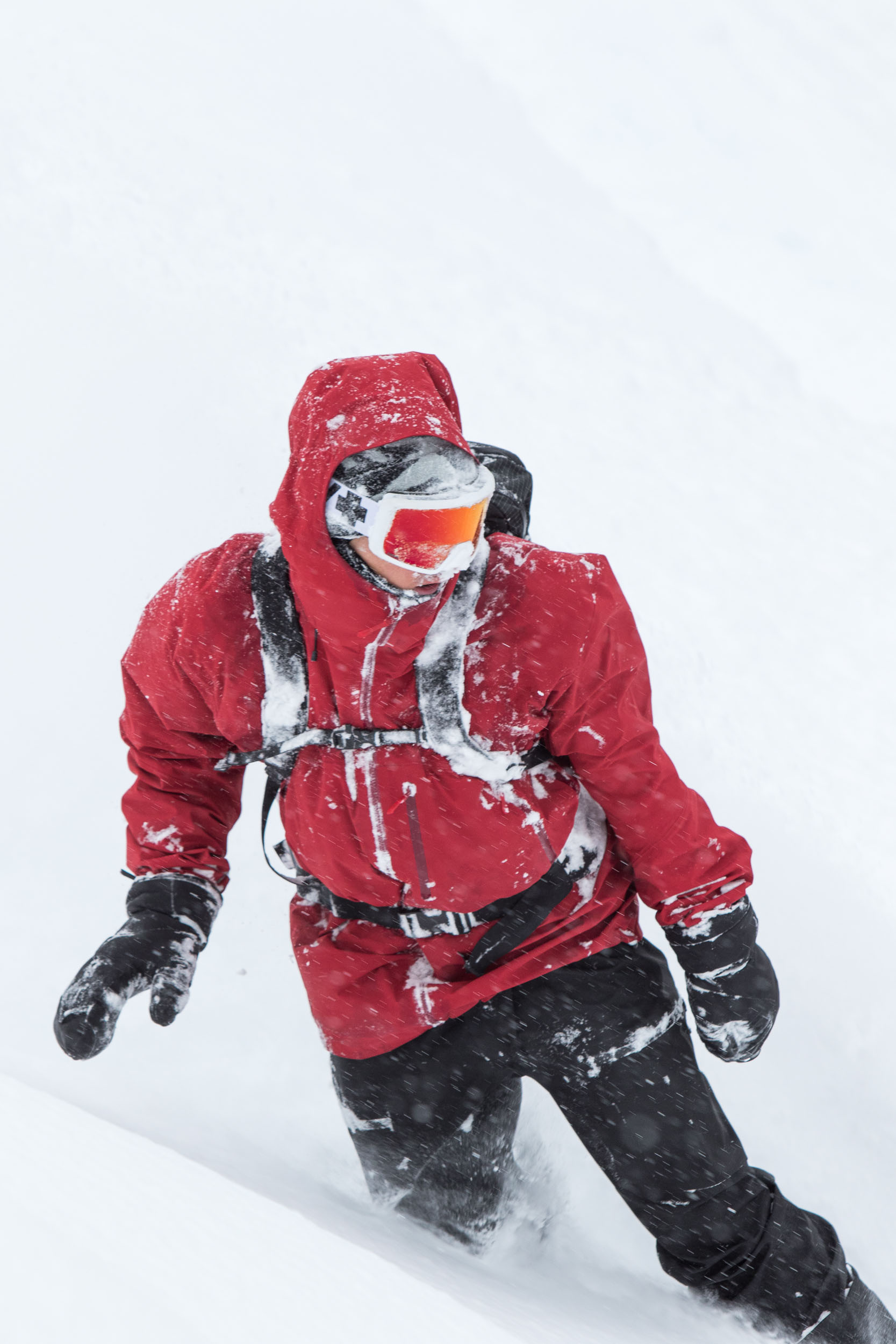
All of our snowboard lenses are optimized with different types of filters for light conditions ranging from full-on sunlight (S3 filter) to bright light with intermittent clouds (S2 filter) to flat skies (S1 filter). In tandem with the filter rating, our specs include the percentage of VLT or visible light transmission. The highest VLT ratings mean the goggles are clear or nearly clear for nighttime boarding. The lowest VLT ratings are associated with darker goggles designed for bluebird skies. And then there’s a range of VLT options for everything between the two extremes. In addition to filters, mirrored and polarized lenses will also affect VLT between 10% and 50% and radically reduce glare.
While it’s true that certain colors were once considered optimal for specific light conditions, the addition of mirrors and other technological advances have changed the game. So, once you’ve determined the right filter and VLT for your riding conditions, the actual color of your lens is largely a matter of personal taste. Do you like something subdued or prefer a lens that’s super colorful and over the top? We’ve got you covered on either score. .
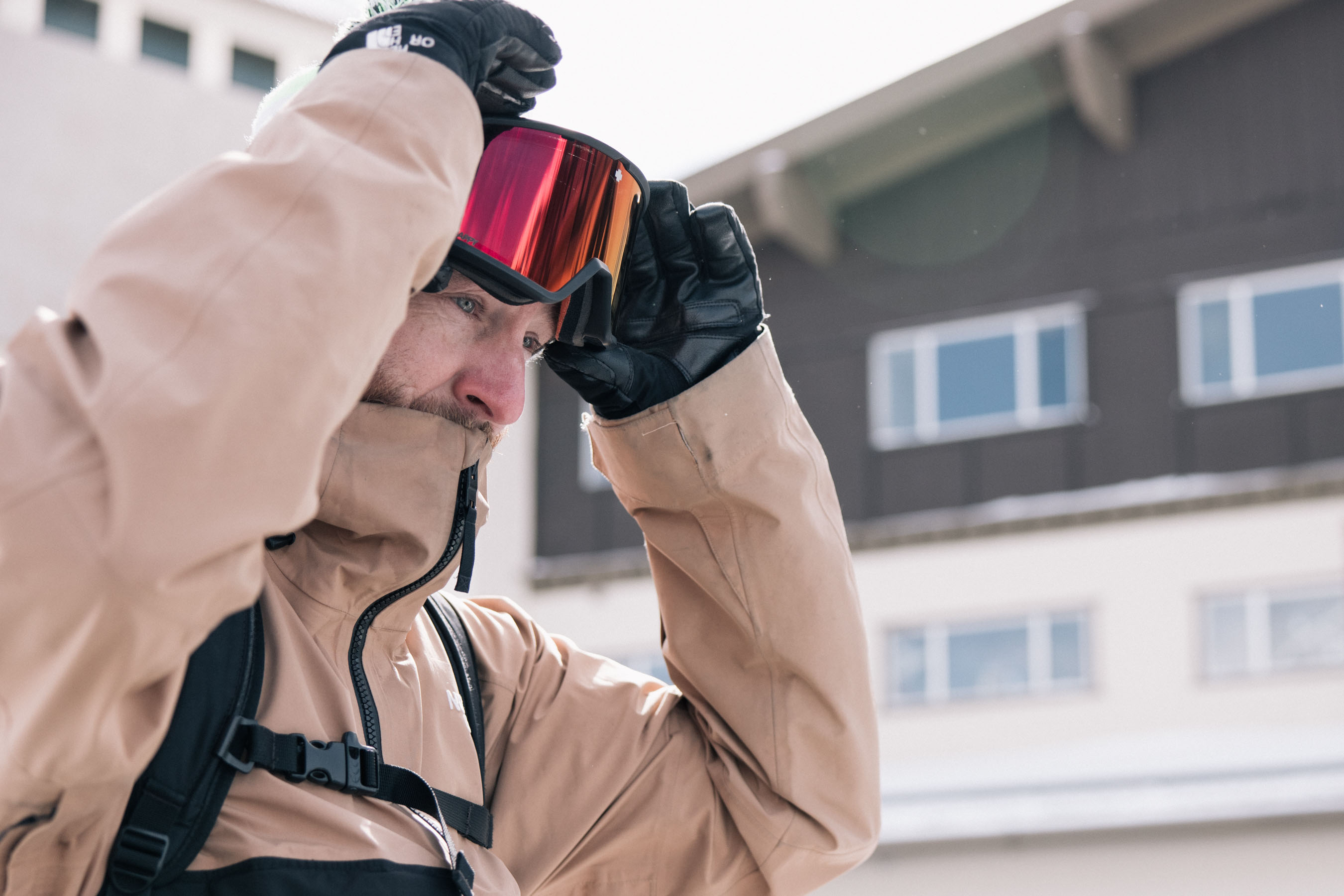
A popular question we get asked a lot is: How many lenses does a snowboarder or skier need? That always makes us smile because, well, there are all kinds of levels of fanaticism. But honestly, two lenses will cover most of your bases — and most of the snow goggles in our collection come with a second lens.
With two lenses on board, you’ll be set in just about every lighting condition. Better yet, it’s damn easy to swap a lens in and out of our frames. Our designs feature a magnetic Deadbolt™ system that securely guides your lens into place, our Lock Steady™ 2 system that lets you change out a lens with the touch of a button, or SPY+ Quick Draw that utilizes a sliding lever.
A lot goes into snow goggle tech, like UV protection, anti-fog coatings, and plenty of snazzy features that'll elevate your hillside adventure with unprecedented clarity and contrast. Here are a few key features to get you started.
Among the renowned design features at SPY+, our award-winning HAPPY™ Lens Tech and our HAPPY BOOST™ Lens Tech are celebrated for changing the way you see the world with an amazingly crisp, clear visual experience. This patented lens increases color and contrast by up to 30% beyond the naked eye, meaning you’ll be able to see every aspect of the terrain
Even if the sun isn’t shining, UV rays bounce off the snow, and eye protection is a must. Happily, all our goggles offer 100% UV protection for each of the three types of ultraviolet rays — UVA, UVB, and UVC.
There’s no bigger drag than having to stop and wipe away the fog from the interior of your goggles, but we treat the interior of our lenses with an extra-strength coating that absorbs moisture and keeps things clear day in and day out. In addition to our powerful anti-fog coating, a core feature in many of our goggles is our RISE™ ventilation system that draws hot air from behind the lens and quickly releases it for fog-free vision.
In addition to S0–S3 filters, a mirrored surface on the outside of a snow goggle lens reflects anywhere from 10%–50% of light, allowing less light to enter the lens. Mirrored lenses give you additional eye protection by warding off eye fatigue and strain.
Polarizing filters are created by adding a vertical chemical layer to block glare and reduce harsh light. High-quality treatments can seriously amp up your experience on the hill with greater clarity and contrast.
We build our snow goggles to last, but the coatings deserve to be babied. The outer lens has a reflective mirror finish that smudges easily, and the interior lens has an anti-fog coating that could get wet if you wipe out in the pow. Don’t go crazy rubbing either surface — cleaning requires a gentle approach. SPY+ goggles come in a soft microfiber pouch that doubles as a cleaning cloth so you can clean your snow specs properly, no matter what. Keep the pouch pristine and avoid using harsh chemical sprays or solvents, and you’ll be good to go.
There’s a lot to know about choosing a snow goggle lens, and we hope this has been a helpful starting point as you zero in on the lens types best suited to your shred style. And don’t hesitate to give us a shout if you have additional questions — we’re here for ya.
Enjoy the boarding season.
- SPY+